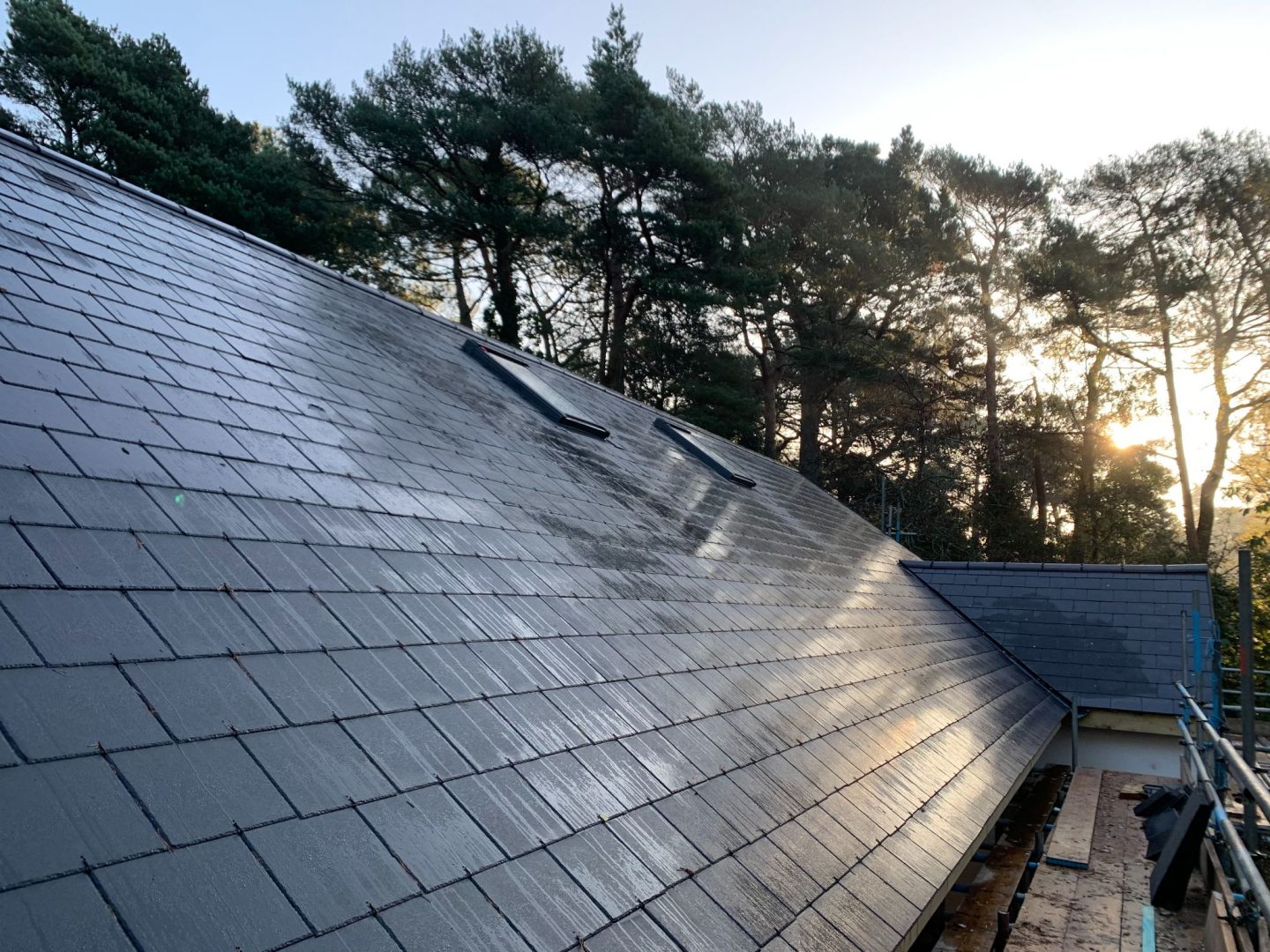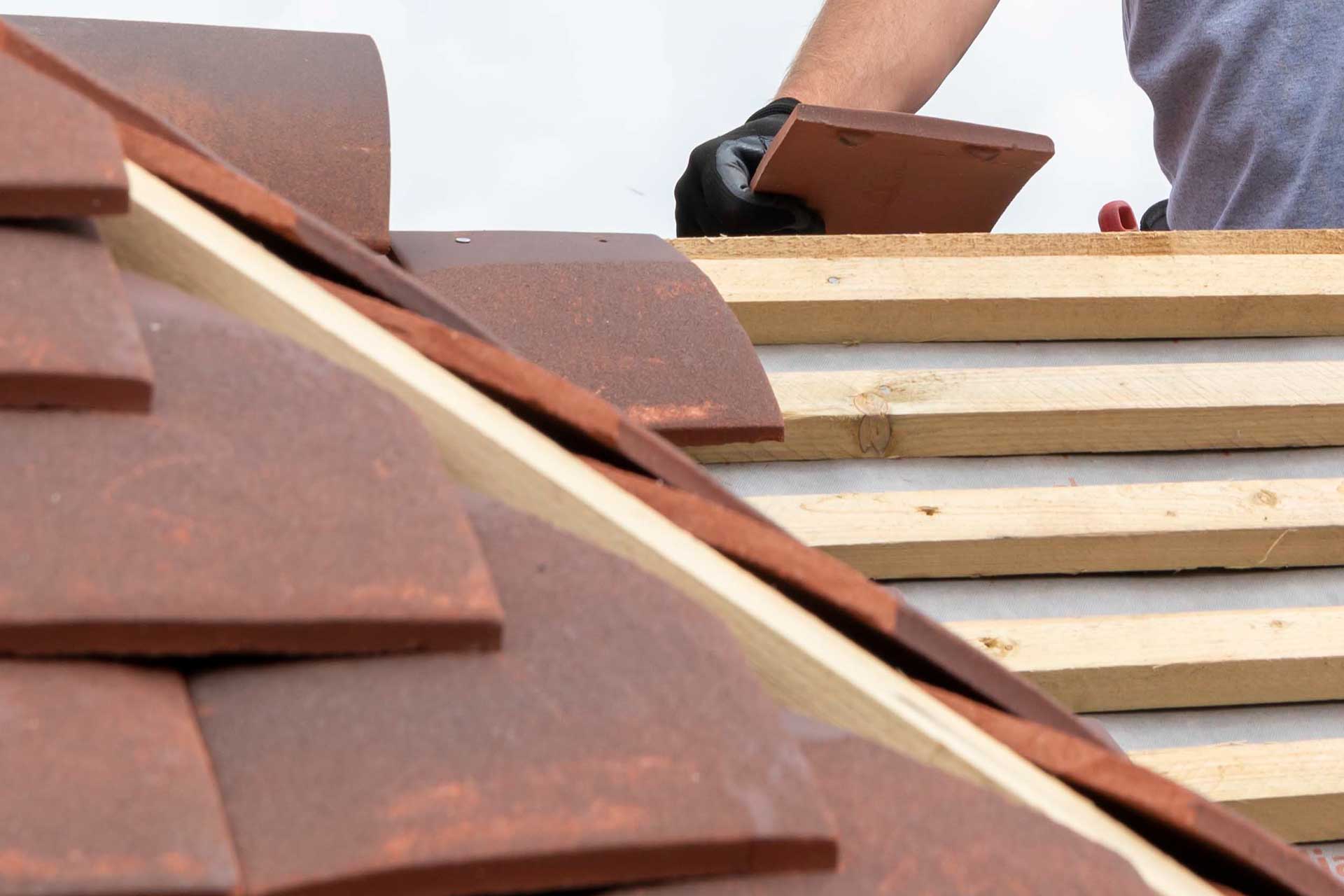
Roof damage, such as missing or sagging tiles, or persistent leaks despite repeated repairs, is a sign that it may be time to replace the roof. Many homes in the UK have slate and tile roofs. While these materials are very durable, over time they can wear out. If you notice damp patches in the ceiling, mold growth or an increase in your energy bill, it could be a sign that your roof no longer provides adequate protection. Older roofs-those over 20 to 25 years-are more likely to need replacement. A professional roofer should inspect the entire area to determine any damages. They can provide a detailed report and help you decide whether a partial repair or a complete replacement is necessary. Roofs can be extended by regular maintenance, but they will eventually reach the end of their functional lifespan.
Identifying the right time for roof replacement is crucial to avoid further damage and unnecessary expenses. Minor repairs may prolong the lifespan of the roof. However, there are signs that indicate it's time to completely replace the roof. One of the most obvious signs is the presence of frequent leaks, especially if water starts to seep into the interior of the home. Small leaks, even if they are not large, can cause extensive damage to the home, such as mold and mildew. Insulation may also be compromised. Missing or cracked tiles or sagging sections of the roof are also signs. So is an increase in energy costs due to inadequate insulation. If the roof is over 20 years old and exhibiting these signs, it is likely time for a full replacement. Ignoring these symptoms could lead to more severe problems, including structural instability and extensive interior damage.
The Typical roof replacement prices in the UK typically begins with a detailed inspection by a professional roofing contractor. This assessment helps determine the extent of the damage and the most suitable materials for the replacement. Once the necessary materials are selected, the existing roof is removed, and the underlying structure is examined for any issues. If the roof deck is damaged, it may need to be replaced before the new roofing materials are installed. This process may take several days depending on how complex the roof is. A high-quality roof replacement involves more than just laying new materials; it includes ensuring that the underlying structure is sound, proper insulation is installed, and the roof is adequately ventilated to prevent future issues. To find added information kindly go to Roofadvisor

There are many roofing options in the UK. The right choice depends on the property type, the budget and the desired lifespan. Traditional materials such as clay tiles and natural slates are popular choices for homes with a classic appearance. These materials offer long-term durability, with slate roofs often lasting over 100 years if maintained properly. For modern homes, concrete tiles or asphalt shingles are often preferred due to their affordability and ease of installation. Bitumen- or rubberbased materials are often used on flat roofs in extensions or commercial buildings. The choice of material will affect the roof's overall cost, appearance, and performance, so it's essential to consult with a roofing contractor to determine the best option based on your home's specific needs.
One of the key considerations when replacing a roof in the UK is ensuring that the work complies with local building regulations. You may have to obtain planning approval or building regulation approval depending on the property type and extent of work before you begin the roof replacement. Some areas, such as conservation zones or listed buildings, have stricter regulations regarding materials and methods for replacing roofs. It is essential to work with a roofer who is familiar with these regulations and can ensure that the replacement is carried out in compliance with all legal requirements. Failing to do so can result in fines or the need to undo the work and replace the roof with approved materials.